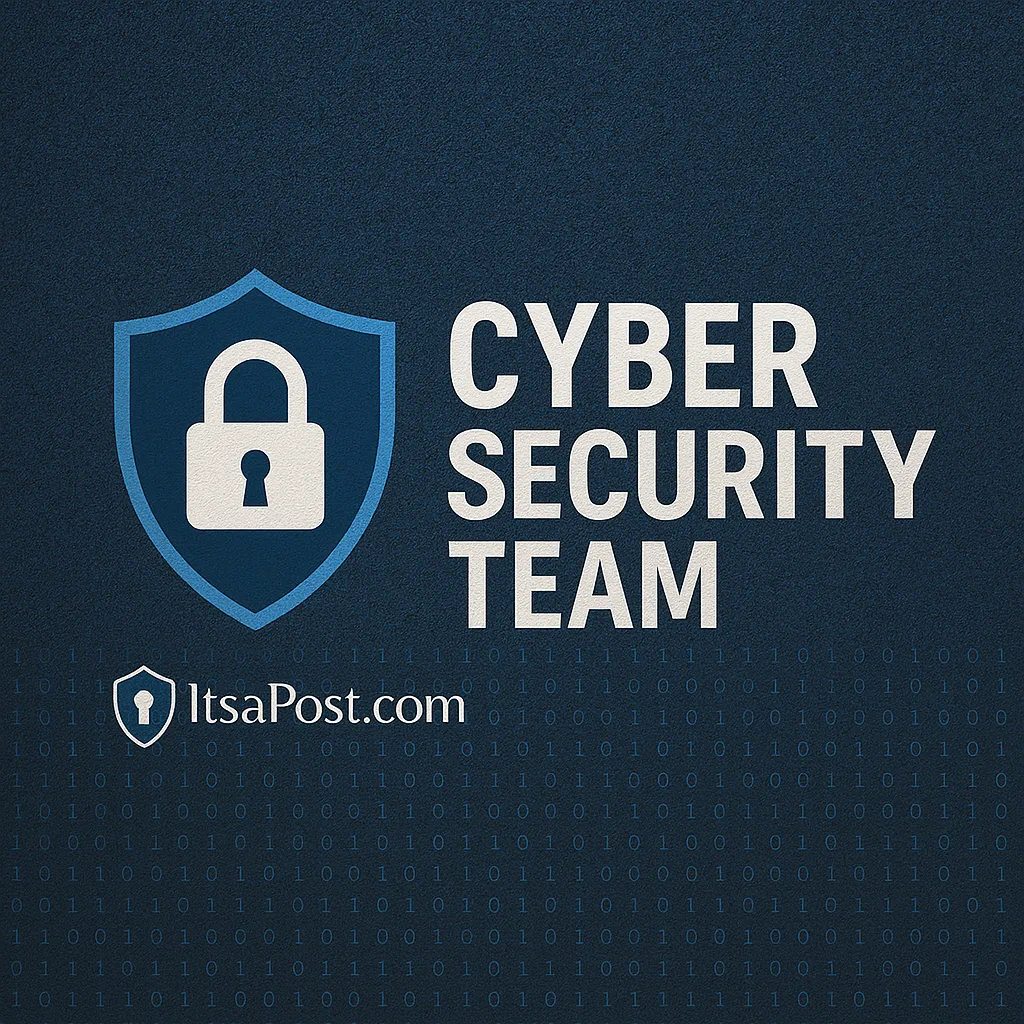Understanding Cybersecurity Risks in a Connected World
In the current digital era, data breaches and cyberattacks have become frequent headlines, presenting significant threats to individuals, businesses, and governments alike. This post aims to unravel the complexities of cybersecurity risks, exploring recent incidents and best practices to safeguard data.
The Rise of Third-Party Data Breaches
As businesses increasingly rely on external vendors for essential services, the risk of third-party data breaches has escalated. A notable example includes a recent breach at Home Depot, facilitated through a third-party vendor (source). This incident highlights the vulnerabilities that can occur when external entities handle sensitive information.
What are Third-Party Risks?
Third-party risks arise when external vendors have access to an organization's data or systems. The risks are compounded when these third parties have weak cybersecurity measures, potentially leading to data breaches and other security incidents.
Regulatory Frameworks and Third-Party Risk Management
To address these challenges, organizations must implement comprehensive third-party risk management strategies. Firms like Wing security emphasize the necessary precautions and methodologies to mitigate risks from third-party vendors (source).
Importance of a Solid Framework
A strong regulatory framework is essential in ensuring robust third-party risk management. It involves consistent monitoring, auditing, and revising of third-party practices to align with best security practices.
Recent Cybersecurity Incidents
Recent incidents demonstrate the global scale and diverse nature of cyber threats. For instance, ransomware attacks on Singapore's DBS and BoC potentially exposed customer data through a vendor (source). Similarly, the US Treasury suffered a breach attributed to Chinese state-sponsored hackers, exposing sensitive documents (source).
Understanding Ransomware
Ransomware is a type of malicious software that locks out the legitimate user from accessing their systems or personal files and demands ransom payment to regain access. These attacks can be particularly destructive when aimed at crucial data or infrastructure.
Takeaways and Best Practices
To protect against these evolving threats, individuals and organizations should adopt comprehensive cybersecurity practices. These include regular updates and patches, robust authentication processes, and a deeper due diligence on third-party vendors. Awareness and education on cyber threats can drastically reduce vulnerabilities.
Actionable Advice
Organizations should consider conducting regular security assessments and engaging in proactive threat detection. Additionally, preparing and maintaining an effective response plan can significantly minimize damages during security incidents.
